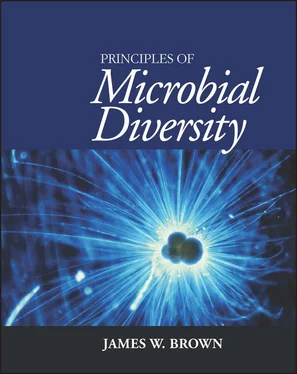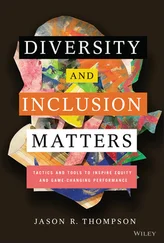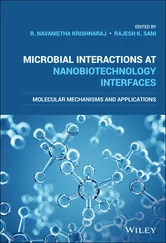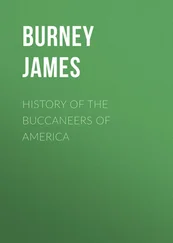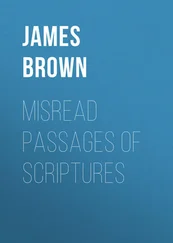185 179
186 180
187 181
188 182
189 183
190 184
191 185
192 187
193 188
194 189
195 190
196 191
197 192
198 193
199 194
200 195
201 196
202 197
203 198
204 199
205 200
206 201
207 202
208 203
209 204
210 205
211 206
212 207
213 208
214 209
215 210
216 211
217 212
218 213
219 214
220 215
221 216
222 217
223 218
224 219
225 220
226 221
227 222
228 223
229 224
230 225
231 226
232 227
233 228
234 229
235 230
236 231
237 232
238 233
239 234
240 235
241 236
242 237
243 238
244 239
245 240
246 241
247 242
248 243
249 244
250 245
251 246
252 247
253 248
254 249
255 250
256 251
257 252
258 253
259 254
260 255
261 256
262 257
263 258
264 259
265 260
266 261
267 262
268 263
269 264
270 265
271 266
272 267
273 268
274 269
275 270
276 271
277 272
278 273
279 274
280 275
281 276
282 277
283 278
284 279
285 280
286 281
287 282
288 283
289 284
290 285
291 286
292 287
293 288
294 289
295 290
296 291
297 292
298 293
299 294
300 295
301 296
302 297
303 298
304 299
305 300
306 301
307 302
308 303
309 304
310 305
311 307
312 308
313 309
314 310
315 311
316 312
317 313
318 314
319 315
320 316
321 317
322 318
323 319
324 320
325 321
326 323
327 324
328 325
329 326
330 327
331 329
332 330
333 331
334 332
335 333
336 334
337 335
338 336
339 337
340 338
341 339
342 340
343 341
344 342
345 343
346 344
347 345
348 346
349 347
350 348
351 349
352 350
353 351
354 353
355 354
356 355
357 356
358 357
359 358
360 359
361 360
362 361
363 362
364 363
365 364
366 365
367 366
368 367
369 368
370 369
371 370
372 371
373 372
374 373
375 374
376 375
377 376
378 377
379 378
380 379
381 380
382 381
383 382
384 383
385 384
386 385
387 386
388 387
389 388
390 389
391 390
392 391
PRINCIPLES OF Microbial Diversity
JAMES W. BROWN
Department of Biological Sciences
North Carolina State University
Raleigh, North Carolina

Copyright © 2015 American Society for Microbiology. All rights reserved. No part of this publication may be reproduced or transmitted in whole or in part or reused in any form or by any means, electronic or mechanical, including photocopying and recording, or by any information storage and retrieval system, without permission in writing from the publisher.
Disclaimer: To the best of the publisher’s knowledge, this publication provides information concerning the subject matter covered that is accurate as of the date of publication. The publisher is not providing legal, medical, or other professional services. Any reference herein to any specific commercial products, procedures, or services by trade name, trademark, manufacturer, or otherwise does not constitute or imply endorsement, recommendation, or favored status by the American Society for Microbiology (ASM). The views and opinions of the author(s) expressed in this publication do not necessarily state or reflect those of ASM, and they shall not be used to advertise or endorse any product.
Library of Congress Cataloging-in-Publication Data
Brown, James W., 1958– author.
Principles of microbial diversity / James W. Brown, Department of Biological Sciences, North Carolina State University, Raleigh, North Carolina.
pages cm
Includes index.
ISBN 978-1-55581-442-7 (pbk.) -- ISBN 978-1-55581-851-7 (e-book) 1. Microbial diversity. 2. Microbial ecology. I. Title.
QR73.B76 2014
579—dc23
2014000523
eISBN: 978-1-55581-851-7
doi:10.1128/9781555818517
All rights reserved
Address editorial correspondence to ASM Press, 1752 N St. NW, Washington, DC 20036-2904, USA
Send orders to ASM Press, P.O. Box 605, Herndon, VA 20172, USA
Phone: (800) 546-2416 or (703) 661-1593; Fax: (703) 661-1501
E-mail: books@asmusa.org
Online: http://www.asmscience.org
Cover and interior design: Susan Brown Schmidler
Illustrations: Lineworks, Inc.
Cover image: Dark-field image of Globigerina bulloides , an abundant and widely ranging planktonic foraminifer. The shell length is ~300 μm. (Image courtesy of Howard Spero, Department
This book is dedicated to the memory of Elizabeth Haas .
You are missed by all who knew you .
ALTHOUGH IT HAS BEEN RECOMMENDED that undergraduate curricula for microbiology majors require a core course on microbial diversity, microbiology programs most often lack such a course. One reason for this lack is that, unlike the other recommended core microbiology courses, there has been no appropriate textbook on microbial diversity for students at the undergraduate level. Principles of Microbial Diversity is intended to fill this gap.
This textbook is intended primarily for junior and senior undergraduate students who are majoring in microbiology or a related field. Students should already have studied a general microbiology course and should have familiarity with genetics and either biochemistry or microbial physiology. The perspective in this book is phylogenetic and organismal, from the Carl Woese school (in contrast to the approach of most general microbiology textbooks) (1). This textbook arose from an existing senior-level lecture/lab course on microbial diversity and so has been in use with success already.
The book comprises four main sections. The first section is introductory, laying out the scope of the text, defining the perspective, and providing a historical context. This is followed by a practical guide to molecular phylogenetic analysis, focusing on how to create and interpret phylogenetic trees, and an overview of “the Tree of Life.” The second section is a tour through each of the major familiar phylogenetic groups of Bacteria and Archaea (microbial eukaryotes and viruses are also covered briefly), discussing the general properties of the organisms in each group, describing some representatives in more detail, and concluding with one or two specific topics on the unique properties of these organisms.
The third section of the book is conceptually and experimentally defined (based on primary literature), beginning with identification of unknown and potentially uncultivable organisms and leading to molecular surveys of populations, linking processes with specific organisms. This sequence leads to the final section, brief discussions of various aspects of microbial genomics and origins.
The most straightforward approach for covering the two large middle sections of the textbook in class is to start with the survey of phylogenetic groups and follow this with the concept/literature chapters. An alternative approach, which I have used with great success, is to intertwine them. In my experience, each lecture begins with the discussion of a particular microbial phylum (a portion of a chapter in section two), with some discussion of general topics raised about these organisms, leading into one of the papers from sections three and four of the textbook (or a more recent paper chosen by the instructor) that highlights organisms in the group discussed in that lecture. For example, a chapter might start out with a discussion of the Chlamydiae , describing the members of the group, their phenotype, pathogenicity, and life cycle, and be followed by a discussion of reductive evolution in parasites. It would then shift gears to an introduction to genomics, exemplified by the paper describing the Protochlamydia amoebophila genome and what it teaches us about the origin of obligate pathogens. The order of topics, as would be taught in the course, would be defined by the conceptual thread (section four of the text), building in complexity.
Читать дальше
